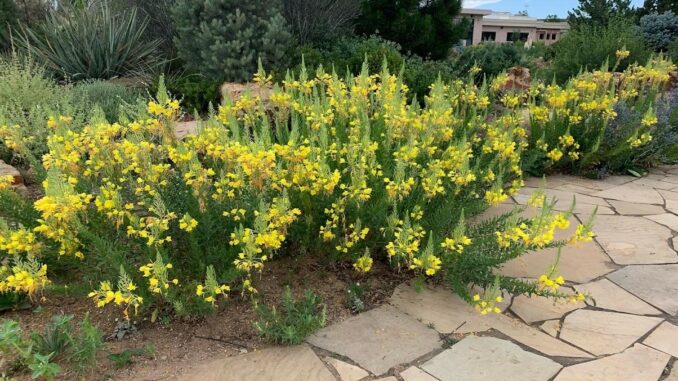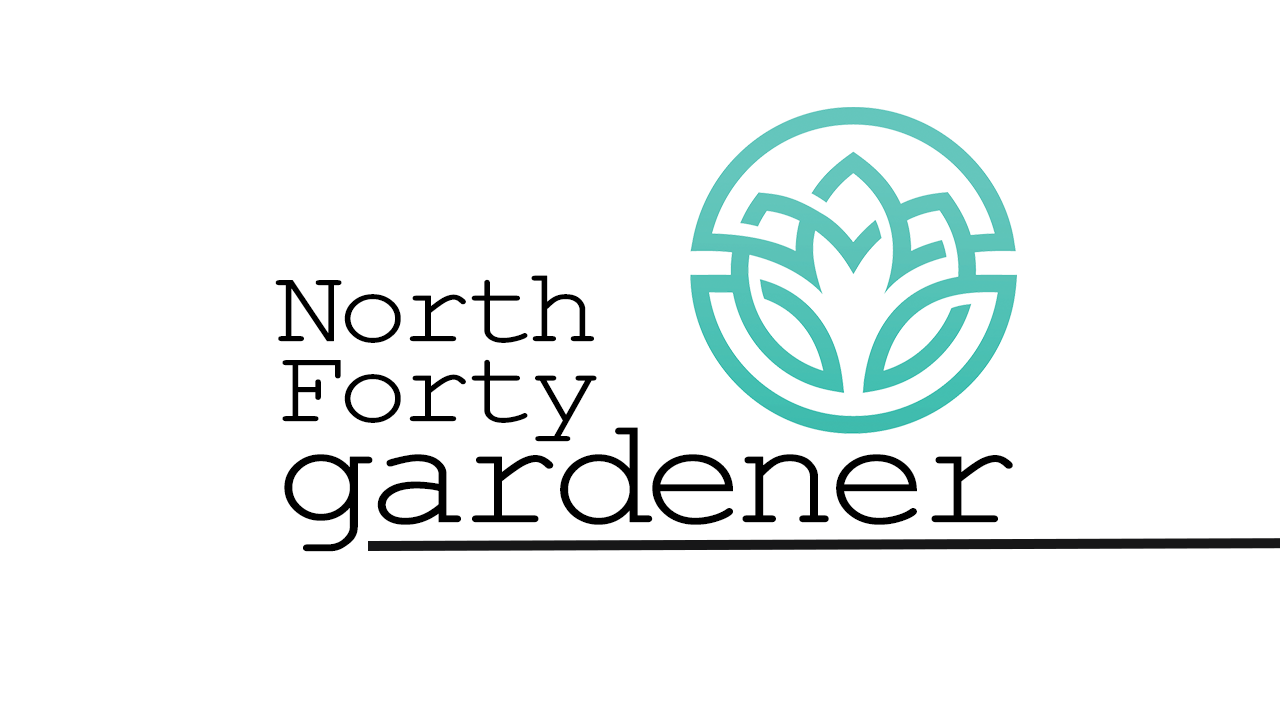

by Bryan Fischer, Curator and Horticulturist, Gardens on Spring Creek
“Is this plant native?”
Not only is this one of the most complicated questions I get – it’s also one of the most contentious. “Native” in horticulture is a relative term and one without a set definition, much like “natural” in food marketing. One might better ask “is this plant native to Colorado?” or, “is this plant native to the western United States?” Even then, how useful is the term native for the gardener?
Silene acaulis, along with a number of other undeniably native cushion plants make pretty miserable garden plants, even though they occur just 30 – 50 miles as the crow flies from Fort Collins on high alpine peaks. Unable to tolerate our hot summer days and nights, they will typically fail after a season or two without a crevice garden and some serious pampering. Sure, the plants may be native, but they are maladapted to our area, and their associated animals (like insects) aren’t scuttling down to our yards on the plains for a few sips of nectar.
At the same time, dozens of plants the same 30 – 50 miles away in southern Wyoming and a bit farther in western Kansas make superb plants for the garden, but many folks wouldn’t describe these plants as native since they occur outside Colorado. These plants grow well for us because we sit in the same ecosystem (the shortgrass prairie) as these areas, unlike much of our mountain flora, which is adapted to very different soils and a completely different climate than the Front Range.
In my opinion, for this reason, among others, having a “Colorado native” garden is a lot of extra work for mediocre results and benefits to wildlife. Instead, having a garden featuring plants native to your ecological region, like the Great Plains, American prairies, or, better yet, the western United States is a much more ecologically attuned approach. At the end of the day plants don’t recognize our geo-political boundaries, like state or county lines, so why would we define whether a plant is native by those boundaries? It isn’t a stretch to say this is fitting a round peg into a Colorado-shaped, nearly-square hole.
Something that many folks also fail to consider, is that plants are moving all the time. Forced south by growing glaciers, many of our current “native” species grew in what were likely diverse, mixed plant communities in what is now the Southwest or Mexico as little as 20,000 years ago. Some pine species, for example, may have not made their way back up into Northern Colorado and Wyoming areas after glaciers receded until relatively recently (maybe as little as 6,000 years ago). With the onset of anthropogenic climate change, plant ranges will surely need to change more still.
I’m not advocating for folks to disregard plant origin when gardening. Our plant choices have real impacts on our local environment, some of which are out of our direct control. Rather, I’m suggesting that “native” be treated as a relative term. Try asking where a plant is native to, for example, rather than whether or not it is native, and be prepared to decide for yourself whether it serves the purpose you are looking for. Most plants native to the western United States have real benefits for our fauna, and don’t present many of the risks associated with plants from halfway across the world. Hopefully, too, the irony of exclusion of non-natives from our gardens isn’t missed – most of us Front Range gardeners aren’t native, either!
Support Northern Colorado Journalism
Show your support for North Forty News by helping us produce more content. It's a kind and simple gesture that will help us continue to bring more content to you.
BONUS - Donors get a link in their receipt to sign up for our once-per-week instant text messaging alert. Get your e-copy of North Forty News the moment it is released!
Click to Donate
